Business

Molecular bonding technology has the following advantages over the conventional plating technology by roughening
Benefits we can provide
1
No roughening process required
2
Reduced use of palladium catalyst
3
Reduction of transmission loss
4
Easy to form high-definition wiring
5
Shortening of the process
6
Cost reduction
Using molecular bonding technology, direct plating on various resins and inorganic materials is possible.
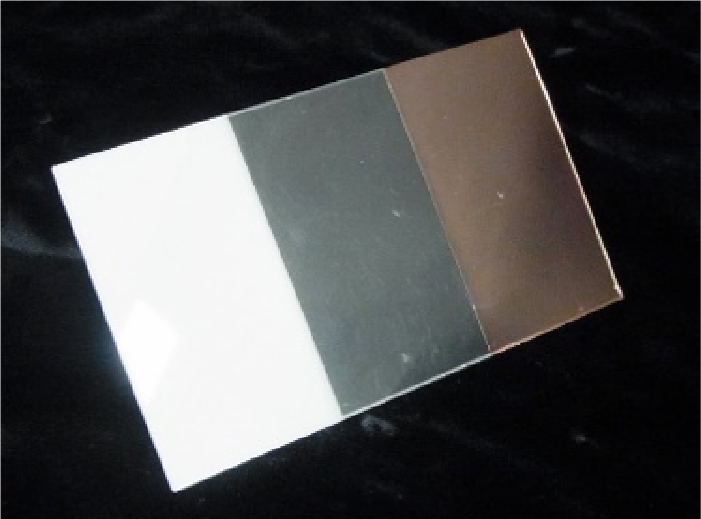
Direct Plating using Molecular Bonding Technology
In the conventional wiring formation, the anchor effect, which makes the interface between the plating and the substrate rough, is used to obtain adhesion of the plating. However, wiring using the anchor effect has the problem of large transmission loss in high frequency signal transmission.
In the wiring formation using molecular bonding technology, it is possible to apply plating on a smooth surface, which reduces the transmission loss in high frequency signal transmission.
Value provided
Easy high-definition wiring pattern formation
Reduction of high-frequency transmission loss by smoothing circuit
Process and material reduction, yield improvement
30% thinner and lighter than conventional products
Ensuring reliability through strong adhesion
Graph showing the degree of transmission loss
Flexible printed circuits using molecular bonding improve transmission loss.
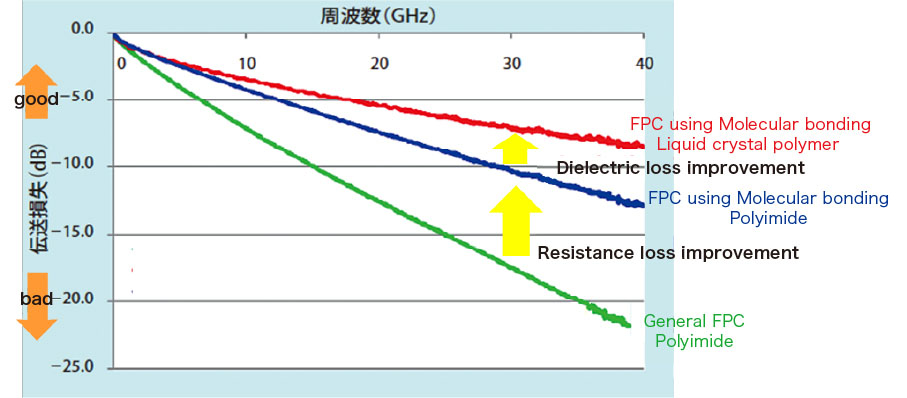
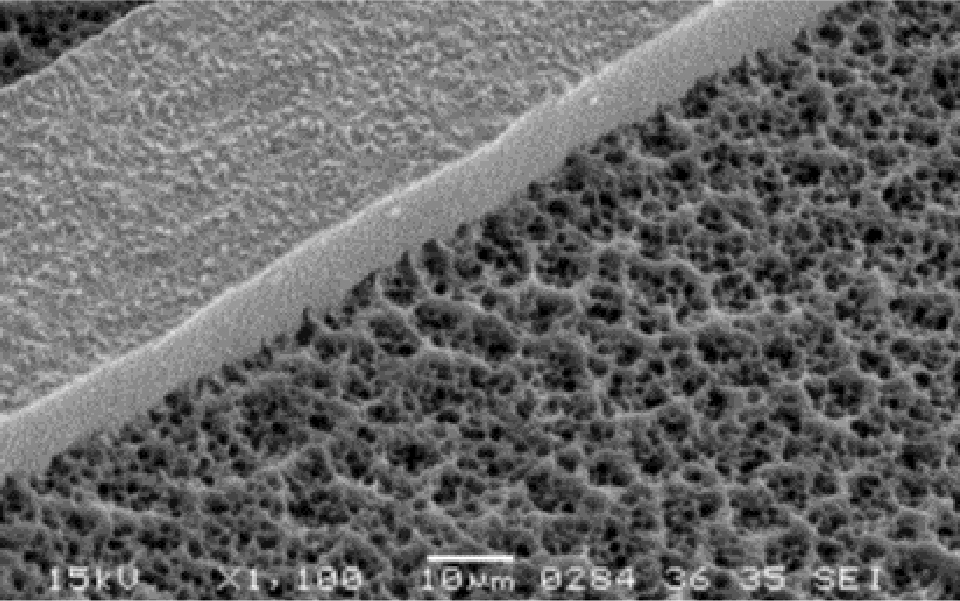
Conventional wiring formation
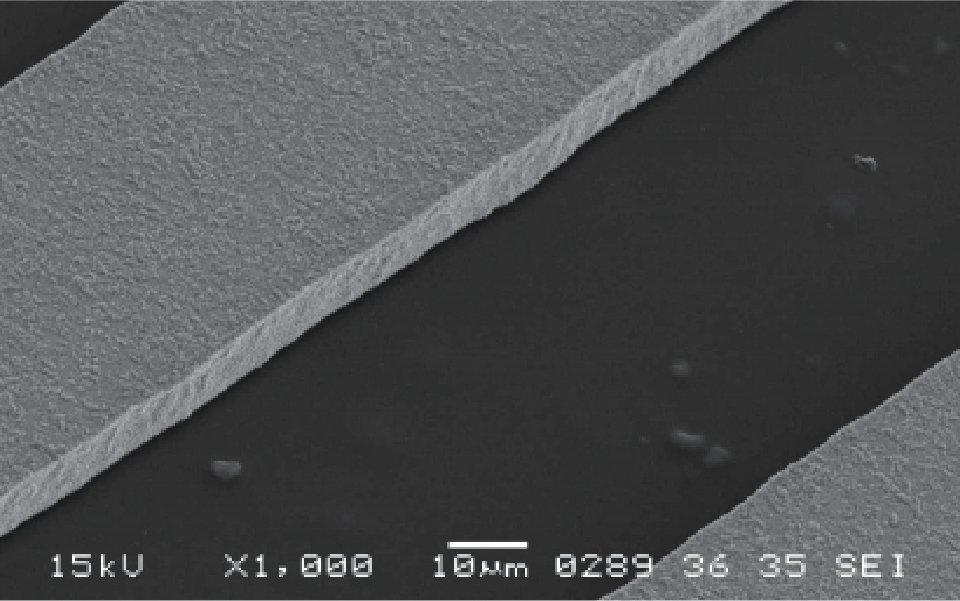
Wiring formation for molecular junctions
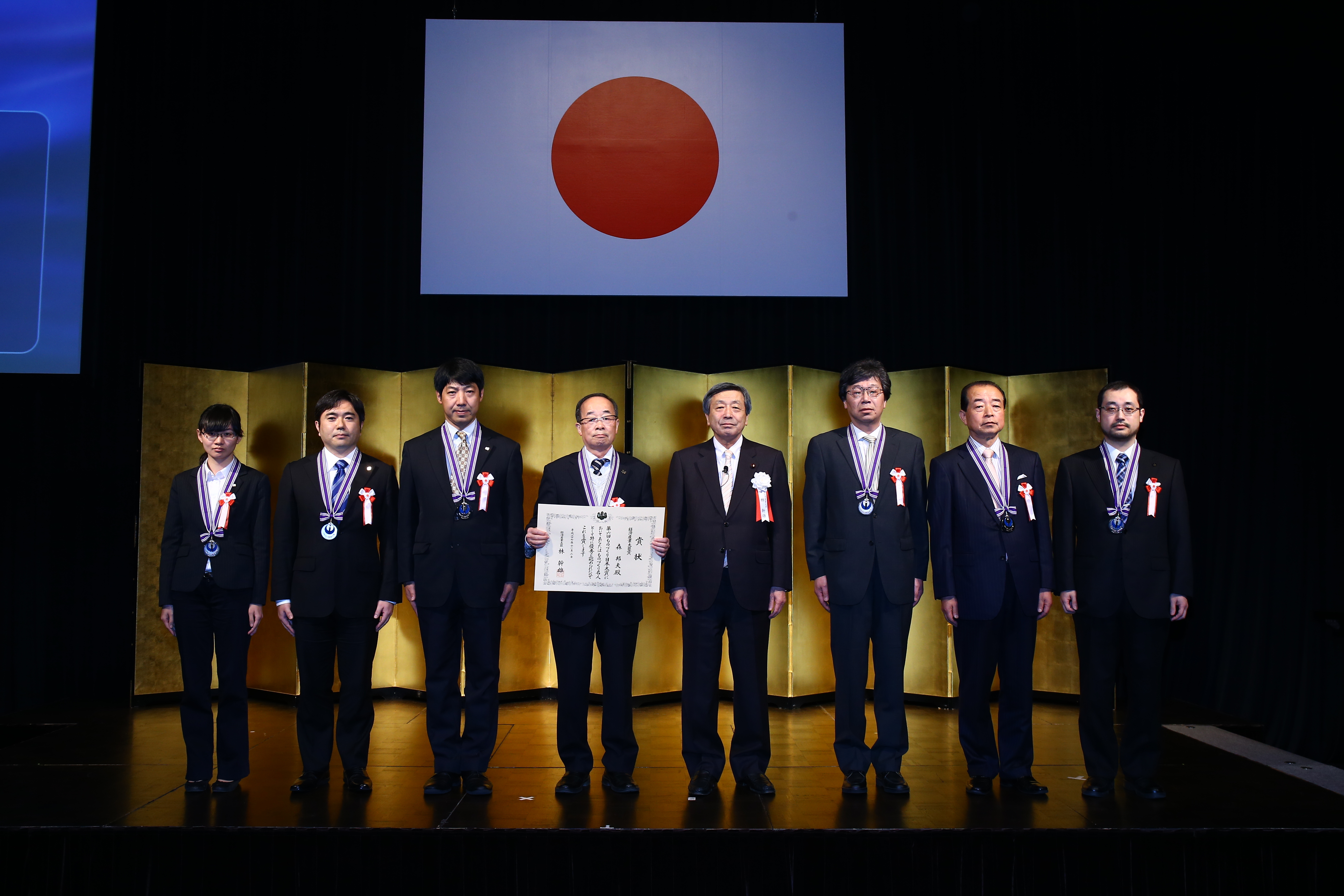
6th Monozukuri Nihon Grand Award, Minister of Economy, Trade and Industry Prize
The "6th Monozukuri Nihon Grand Award, Minister of Economy, Trade and Industry Prize" was awarded for "Development and Mass Production of Innovative Flexible Printed Circuits with Molecular Level Bonding".
Some of the adapted products are as follows
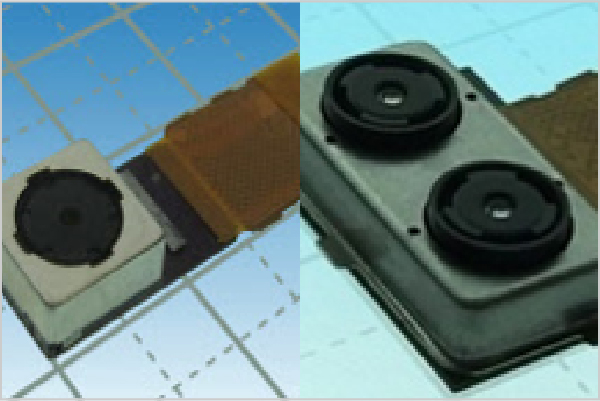
Camera module

TransferJet™️ dongle
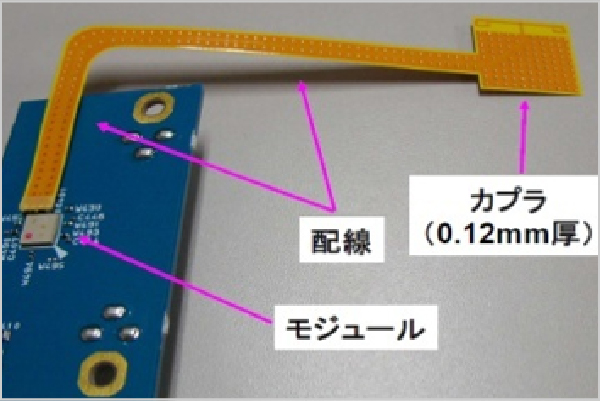
High Frequency Antenna Coupler
In general plating, a process called etching is required to make the surface roughness.
However, it is difficult to apply roughness to finely shaped objects such as fibers, and it has been difficult to obtain strong adhesion by plating on fibers.
In contrast, molecular bonding technology enables direct plating formation on fibers through chemical bonding.
Value provided
Biometric sensing
Anti-static
Antibacterial and deodorant
Surface heating element
Design of accessories, etc.
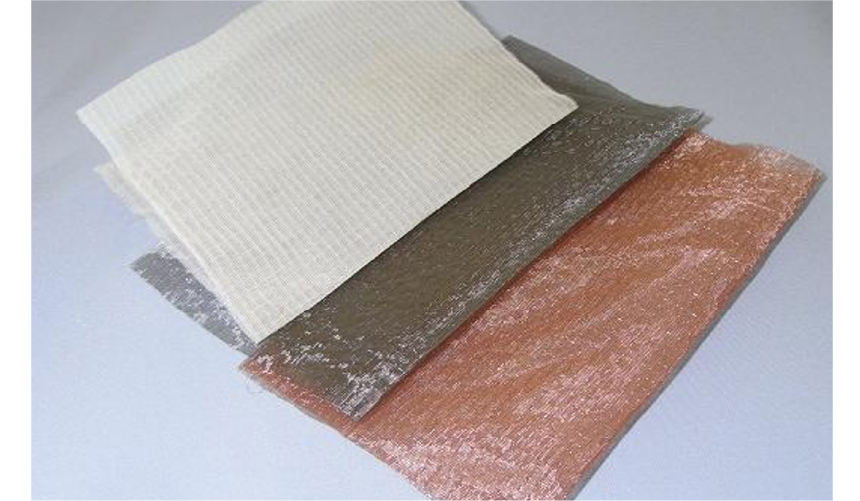
Plating on PET fibers
Features of fiber plating
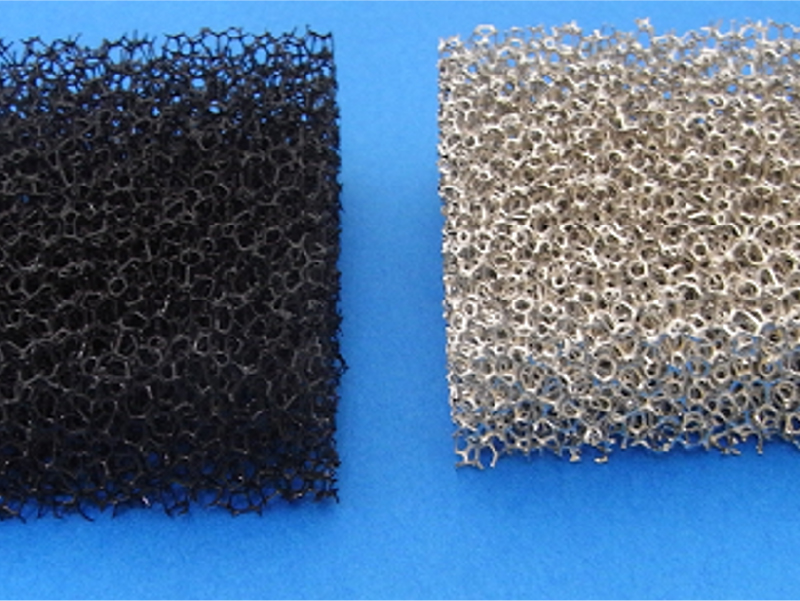
Antibacterial and deodorant
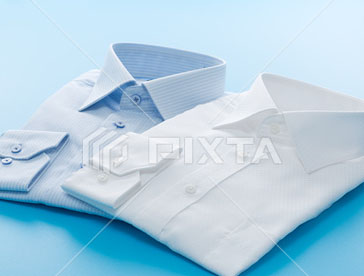
Antistatic
Decorative plating ensures a luxurious metallic color tone and durability by applying plating on resin.
Conventional decorative plating processes use hexavalent chromium, which has a large environmental impact, to form roughness on the resin.
Molecular bonding technology is characterized by its ability to plate on a smooth surface, which is hexavalent chromium-free and has a small environmental impact.
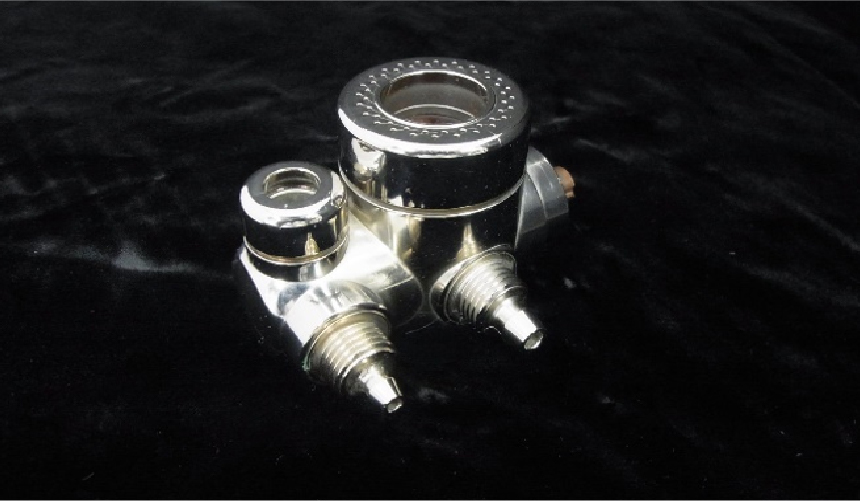
Decorative plating of water supply parts made of ABS resin
If you have any questions or concerns about our services or technology,
please feel free to contact us.